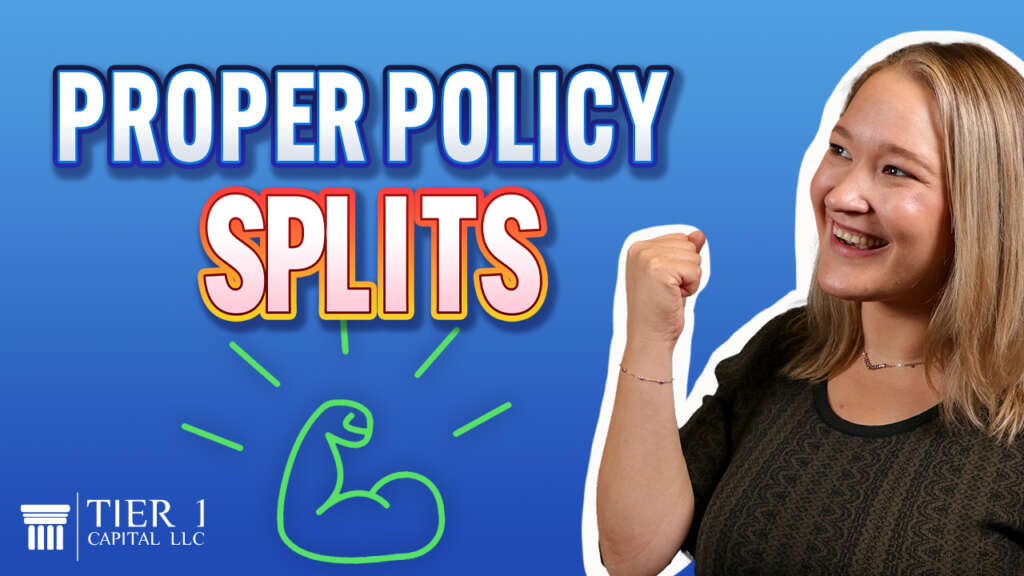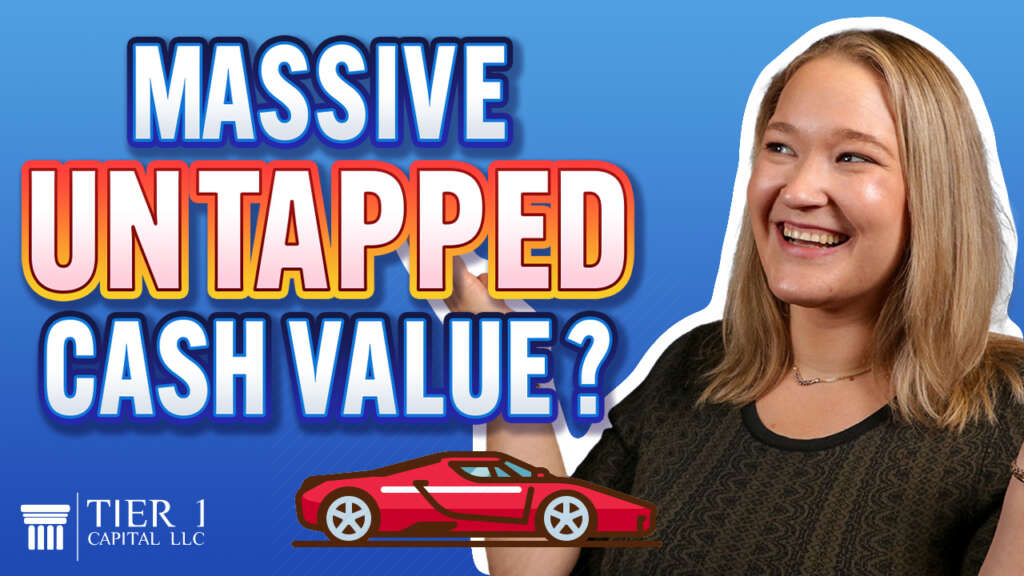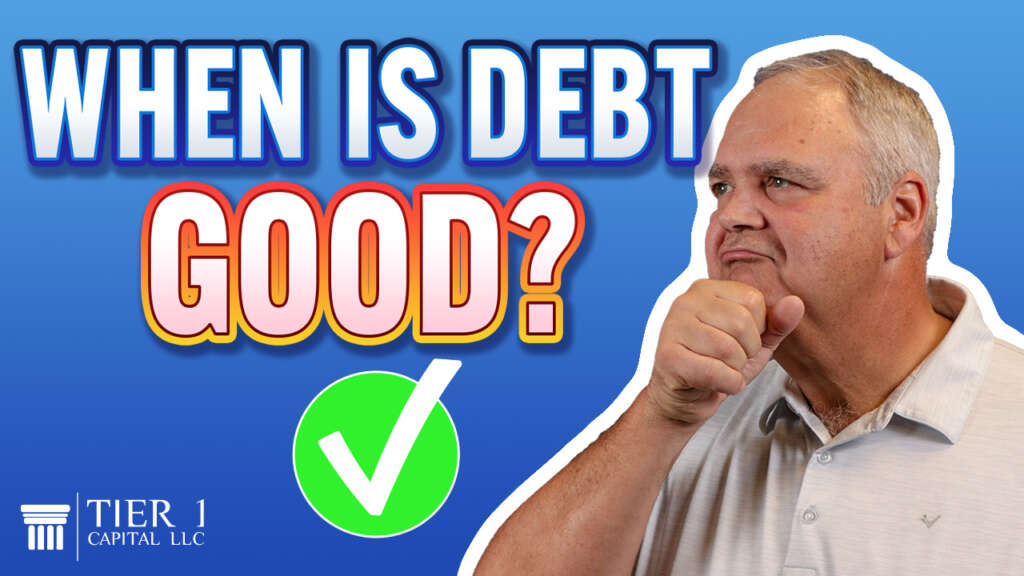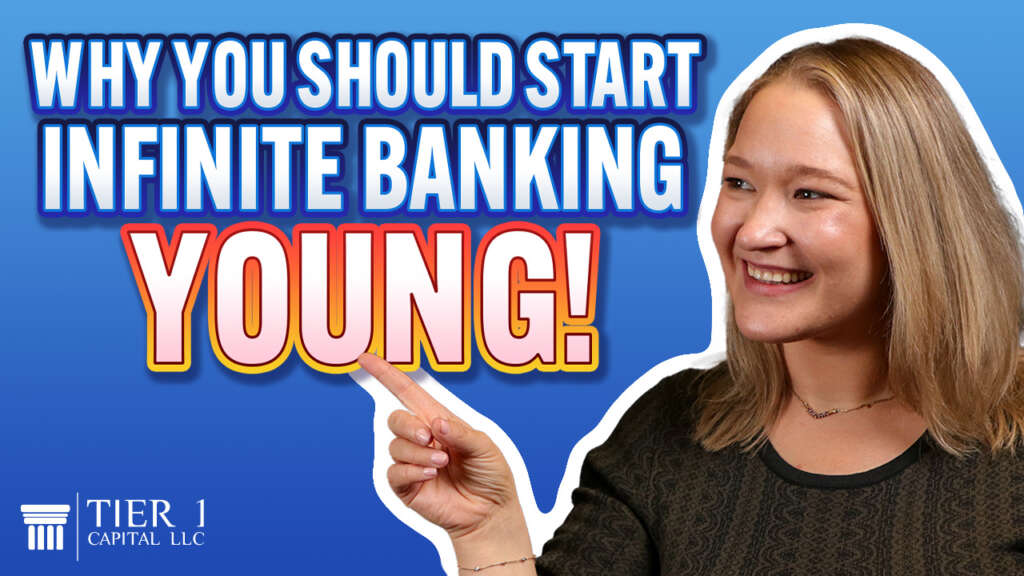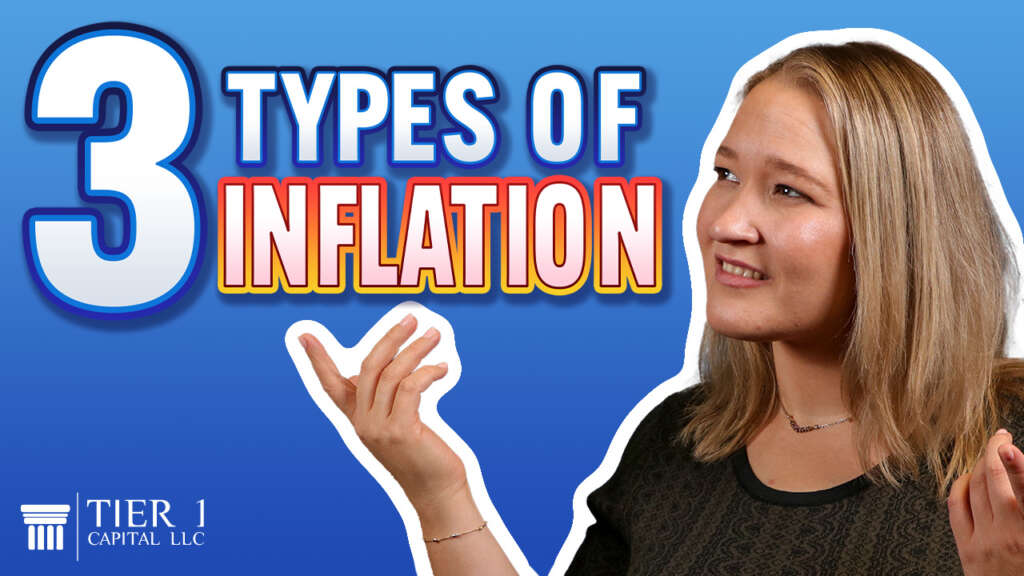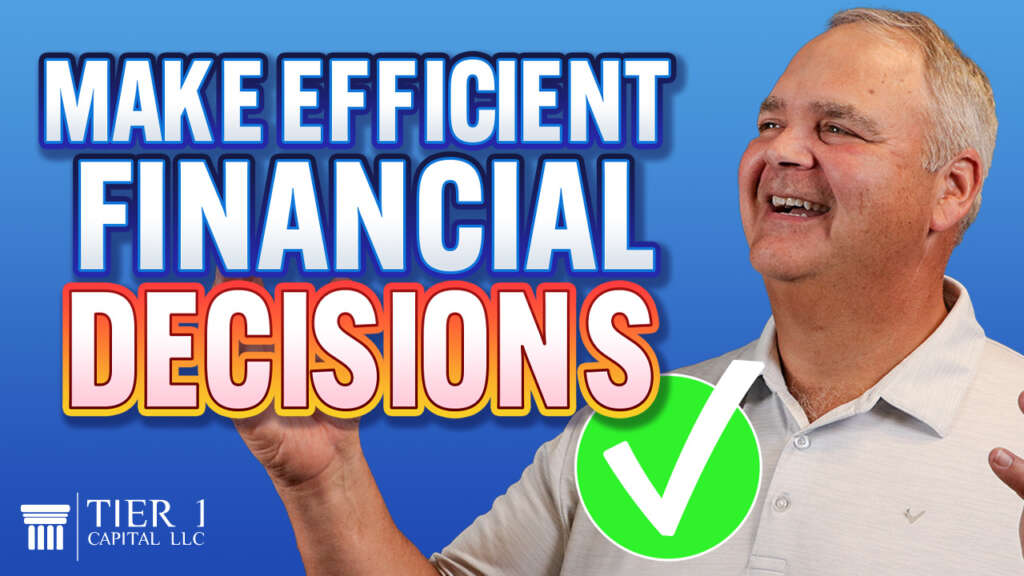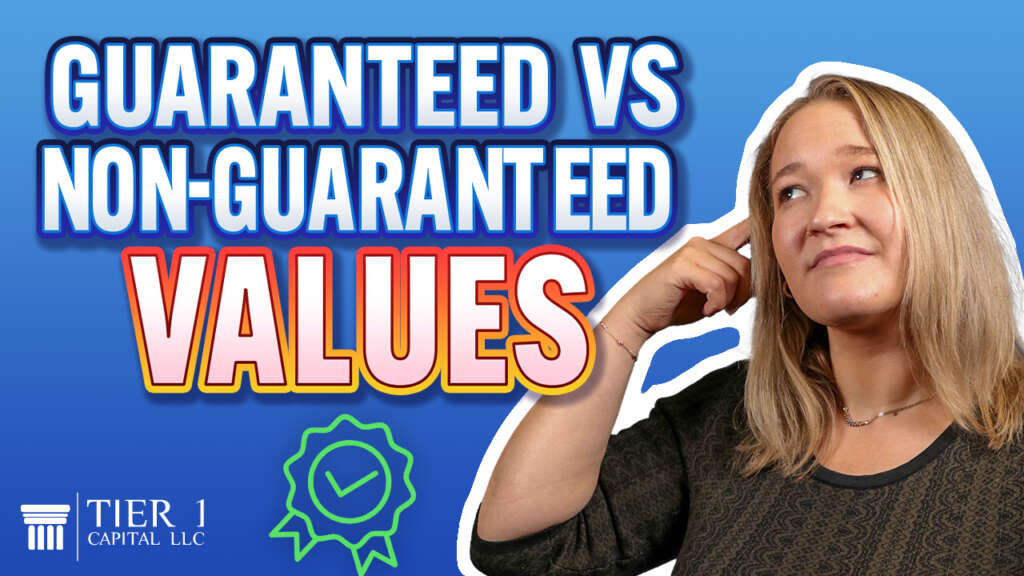
Are you looking to get the most bang for your buck? Well, here’s the secret. It’s called leverage.
There are many definitions of leverage, but the one I like best in financial terms is to use the least amount of money to control the greatest amount of assets. Think about it. For real estate investors, what do they do? They borrow other people’s money. They get bank loans to buy real estate, and then they let their tenants pay the mortgage.
When you’re investing in real estate, you want to put as little down on that property as possible, right? The reason why is that the more control of your cash you have, the more investments you can make down the line. You have your money working for you, as well as other people’s money working for you as well as the mortgage.
But many times we run into people who say, I’m buying a piece of real estate and I’m going to pay cash for it. Let’s say it’s going to cost $250,000, my question to them was, why are you doing this?
“Number one, it’s a good investment. Number two, I’ll collect the rent.”
Well, that may be true, but think of it this way. If the rents were that good if you use leverage to purchase that property instead of using $250,000 to control one piece of property, that same individual can use $250,000 to control five properties. Then you would have five rents coming in.
So if you were to pay cash for a purchase, what often isn’t taken into consideration is the opportunity cost. You don’t consider what that money could have been earning you had you not parked it in that investment or that piece of property.
What we see is the interest we’re going to pay when we finance. What we don’t see is the interest we would give up by paying cash. We fixate on the things we see and we completely ignore the things we don’t see.
So how do you get the maximum return on your money? Well, the secret lies in using the least amount of dollars to purchase the biggest assets possible. The way you do that is by using other people’s money.
For example, a bank with a mortgage. Another example is using a whole life insurance policy cash loan to leverage against your existing cash value without interrupting the compounding of interest within your contract.
So the bottom line is having as little of your money in the game as possible so that you can create a larger net worth by leveraging other people’s money, whether that be money from a bank or money from the insurance company.
Now, you may be wondering, how exactly do I use a life insurance policy loan to make the best return possible on my money? Well, when using the policy loan provision, your money doesn’t ever leave your contract. The insurance company gives you a separate loan from their general account and places a lien on your policy cash value. Your cash value continues to grow and compound as if you never touched it because you didn’t, and you’re able to use the cash to go make outside investments and hopefully earn a higher rate of return.
So here’s an example of the evolution of using a life insurance policy to make real estate investments.
You fund a policy in year one with an annual payment. You borrow against the cash value of that policy to pay the closing costs. On the first piece of real estate, you buy. Two or three years later, you pay back that loan completely. You paid premiums for a total of three years and now there’s enough money to borrow against the cash value to pay not only the closing costs but also the down payment on that property.
Two or three years later, you pay back that loan and now there’s enough money to borrow against your cash value to pay closing costs and down payments on two properties. You just rinse and repeat over your lifetime. You’re building a large net worth in real estate as well as building a large net worth in cash value of your life insurance policies.
So you may be wondering, hey, what’s the difference? In both scenarios, I’m paying closing costs and the down payment, and getting a mortgage, and losing interest all along the way. However, using this method allows you to control the cash flow along the way and recapture the interest paid by passing it on in your legacy using the death benefit.
So using life insurance policy loans to make your investment purchases can make your money more efficient because you’re not losing out on the opportunity cost of your money. You’re still able to make the investments. And with time, you’re able to build a cash value that you own and control so that you’re able to make more and more purchases.
The trick is to leverage $1 to allow you to build an empire.
If you’d like to get started with a cash-value life insurance policy used and designed to leverage your cash to make more investments, schedule your free strategy session so we can talk specifically to your situation, or check out our free webinar, The Four Steps to Financial Freedom.
And remember, it’s not how much money you make, it’s how much money you keep that really matters.



